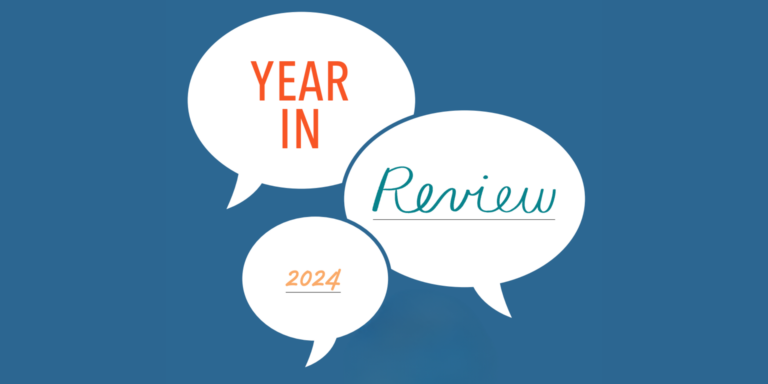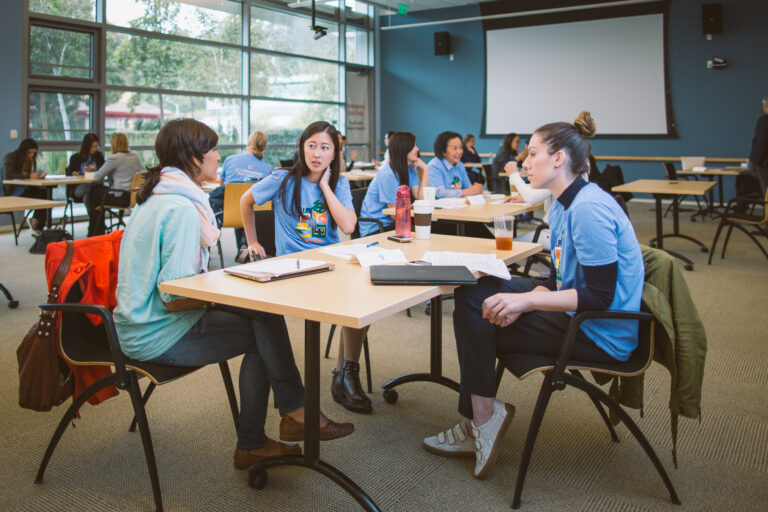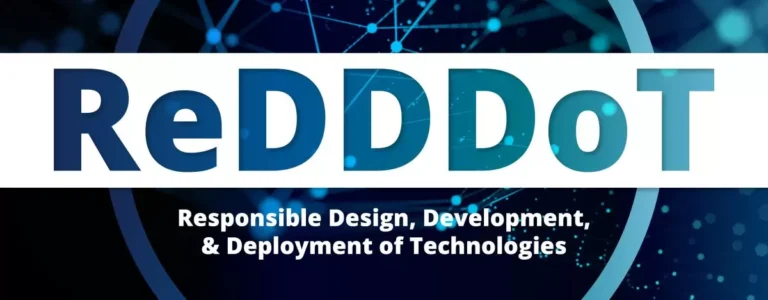Last week, the Washington Center for Equitable Growth (WCEG) hosted an event that centered a series of panel discussions around one central question: How can we ensure a better future and higher quality of life for workers whose livelihoods are impacted by rapid technological change?
While new technology has always played a key role in shaping workplace culture and operation style, periods of rapid advancement and systemic change present a natural opportunity to closely examine the ways that those changes are brought to bear in practice. How employers of all sizes choose to implement new technologies — and whether their employees have a say in these decisions — has a tremendous impact on the lives and work of their employees. Developing a methodical and well-informed set of best practices for responsible technology implementation is more important than ever.
The event, which was supported by Siegel Family Endowment, convened a group of academics, labor organizers, and legal experts, who covered a wide range of different topics – from community organizing, to surveillance, to job quality, and more. We’ve compiled some key highlights from the event below – read our top takeaways:
Ensuring that workers and employees have a say in determining how new technologies are implemented needs to be a top priority for all parties: The best way to ensure we achieve an equitable future is to make sure that working people have a voice in, and real power over, deploying new technologies in the places where they work. Encouraging this type of participation will only ensure that workers also stand to benefit from technology-driven change. Mary Kay Henry, International President of the Service Employees International Union (SEIU), shared an anecdote about home healthcare workers being better positioned to prevent unnecessary hospitalizations and improve patient outcomes as a byproduct of greater integration during the technology planning process. By taking the time to listen to people about how they work, implementations of new technology stand to have a greater impact on community wellbeing and economic output overall.
There’s a big role for research in determining how worker voices get included in conversations about adopting new technology: Experiments in integrating new technology and worker voice are happening all over the world, and there’s a major opportunity for researchers to survey contexts where the introduction of new technologies at scale has been fair and equitable for all parties, said Mary Kay Henry. Most importantly, however, this type of research presents a chance to feed the public imagination in a way that helps more people conceive of a vast range of possibilities for how labor and technology can coexist peacefully and beneficially – both for themselves, and for entire fields of practice at large.
Public discourse needs to recognize the full scope of technology’s potential to drive positive and negative impacts for workers: Technology can be deployed in a way that’s beneficial to workers, or it can be deployed in ways that are harmful to their day to day work experience. It is ultimately up to us as a society to lay the ground rules for how these decisions are made. For example, shifting the balance to focus more on the human labor that makes “invisible” tech-enabled services, like rapid home delivery, possible. Placing attention on the extractive, and often negative, psychological impact and physical demands of services like high-speed fulfillment, can help drive a greater urgency to develop new ways of engaging with technology that balance human needs and worker well being more effectively. Meredith Whitaker, Faculty Director of the AI Now Institute, also highlighted the importance of recognizing power asymmetries that can result in employers deploying extractive, surveillance technologies without giving workers either the power to define what’s most beneficial to their work, or the opportunity to object to the use of technologies that may be harmful to them personally.





